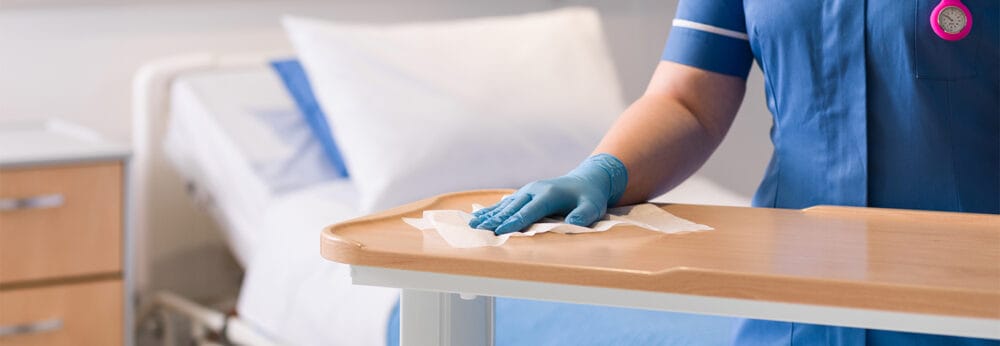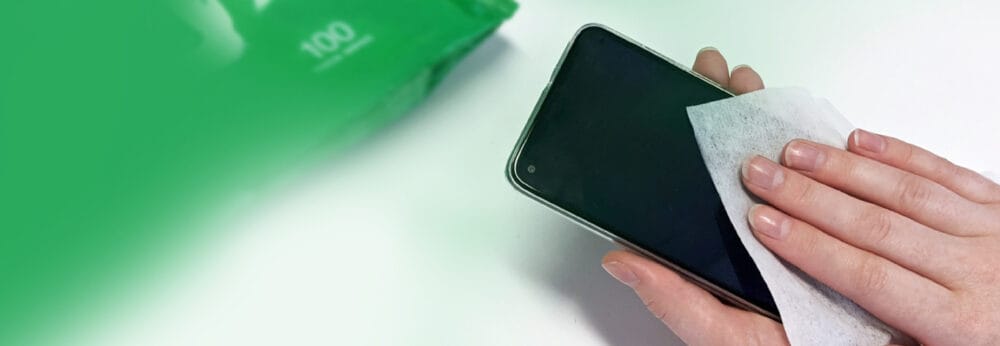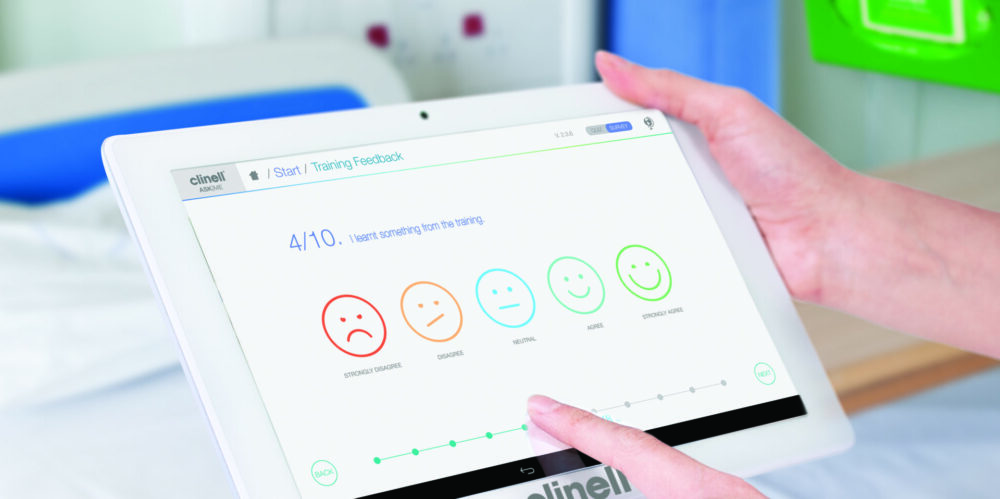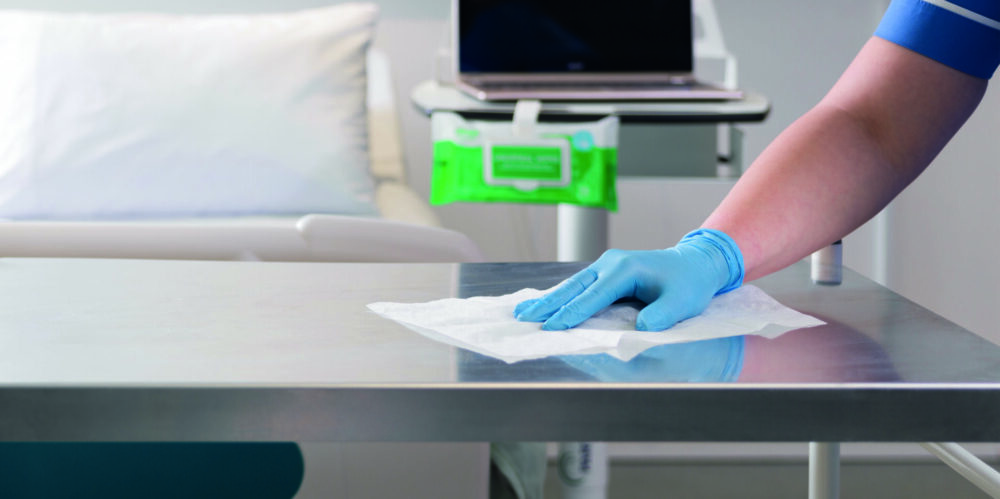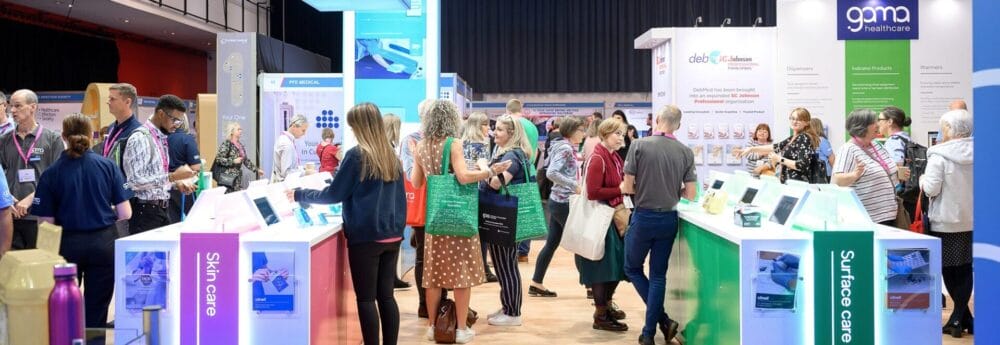Posts Tagged ‘Disinfectant wipes’
Surface disinfectant wipes: are you asking the wrong questions?
Manufacturer claims don’t always reflect real-world use. But ineffective surface disinfection puts patients at risk and contributes to the £2.7 billion spent on healthcare-associated infections by the NHS. We look at the questions to ask when it comes to selecting an effective disinfectant product for healthcare. Manufacturers make bold claims, based on laboratory testing, that…
Read MoreHow to correctly disinfect your mobile device
In this article, we discuss the evidence around the contamination of mobile devices, and how using a disinfectant wipe offers a good solution for cleaning and disinfecting them. Particularly, when used in clinical environments and after patient care. If you’re anything like us, your mobile device (phone, tablet, smart watch etc) is basically an extension…
Read MoreImproving hospital cleaning and disinfection
This post shares the findings of a recent study exploring improving hospital cleaning and disinfection through streamlining product and enhanced training. A team working in Lanarkshire, the third largest health board in Scotland, has recently published a study evaluating the impact of an intervention to improve hospital cleaning and disinfection through the implementation of pre-impregnated wipes combined…
Read MoreClinell efficacy against coronavirus (COVID-19)
Resources Coronavirus Efficacy Report – Clinell Universal Wipes PDF 1.3 MB Coronavirus Efficacy Report (MERS-CoV) – Universal and Sporicidal PDF 8.8 MB Coronavirus Efficacy Report – Clinell Universal Wipes CW200 PDF 1.3 MB Clinell Universal Wipes are proven effective against the coronavirus that causes COVID-19 (SARS-CoV-2) in a 30 second contact time. [Update 30/11/21: Evidence suggests…
Read MoreLatest review of the effectiveness of disinfectant wipes
Prof John Boyce has written an excellent review paper providing an overview of disinfectant wipes for hard surfaces in healthcare settings. The review covers the range of approaches to disinfectant wipes (e.g. dry wipes moistened in practice, or ready-to-use wipes), the need for appropriate and standardised testing, and the role of training and education for staff to…
Read MoreThe risk of cross-transmission from blood pressure cuffs
Blood pressure cuffs come into frequent contact with the skin of patients (obviously) and are rarely disinfected. A number of studies have evaluated whether and to what extent blood pressure cuffs become contaminated with pathogens that may cause HCAI. This post reviews a few of these articles, illustrating the risk of cross-transmission from contaminated blood…
Read MoreHighlights from Infection Prevention 2019
We had a lovely time in Liverpool for Infection Prevention 2019 – we hope that you did too, if you got the chance to go. We have collated some of our highlights in this post. All of the abstracts are published in a Journal of Infection Prevention supplement, here. It’s great to see and hear about…
Read MoreHighlights from Infection Prevention 2019
We had a lovely time in Liverpool for Infection Prevention 2019 – we hope that you did too, if you got the chance to go. We have collated some of our highlights in this post. All of the abstracts are published in a Journal of Infection Prevention supplement, here. It’s great to see and hear about…
Read MoreSystematic review on disinfectant wipes for surface disinfection in hospitals
A Portuguese research group have just published a helpful systematic review on disinfectant wipes for surface disinfection. The review covers factors that can influence the performance of disinfectant wipes, including wipe material, disinfectant composition, the way that a wipe is applied (e.g. pre-impregnated or “spray/dip & wipe” methods), interactions between wipe materials and active ingredients, and wiping…
Read MoreGetting disinfectant wipes to the point of care
A recent Irish point prevalence survey investigated isolation precautions usage and resources in a 900 bed hospital. 14% of inpatients were on isolation precautions, most of which were contact precautions. Compliance with the use of single rooms, signage, and PPE availability was >90%. However, only 2% of rooms had disinfectant wipes available at the point of care.…
Read More